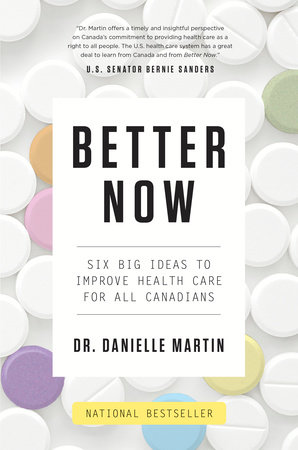Charisma and Disenchantment: The Vocation Lectures
For Max Weber:
The professor and the politician are not figures to be joined. Each remains a lonely hero of heavy burden, sent to ride against his particular foe: the overly structured institution of the modern mind, the overly structured institution of the modern state.
The politician needs to convert effort into effect, to “make an impression” on the world. But there’s a fine line between molding the world into a shape and needing to see one’s signature at the base of it. The politician is always at risk of swapping out “actual power”—power tethered to purpose—for “the brilliant appearance of power”—power untethered from purpose. The first is the aim of the true politician; the second, the temptation of vanity, which is “the deadly enemy of any commitment to one’s goals.” When a politician gives in to vanity, amending or adapting his aims in order to perform effectiveness, his power is drained of its design.
The spectre haunting Weber is neither bureaucracy nor capitalism (although capitalism does play an under-remarked role in these lectures). Instead, it’s an ancient tension between hero and fate, transposed to modern life. Where classical tragedy sees the hero felled by a destiny that he resists, the nemesis of the Weberian actor is absorption in the institutions that he’s meant to oppose. Society is a siren, forever tempting us to forsake our tasks and seek the smaller goods of reputation and status. The scholar becomes a scribe; the politician, a hack. The danger is not defeat of the opposing self from without but corruption of the self from within, where the self’s diminishing desire to oppose comports all too well with society’s needs.
Great op-ed by Corey Robin at The New Yorker.













